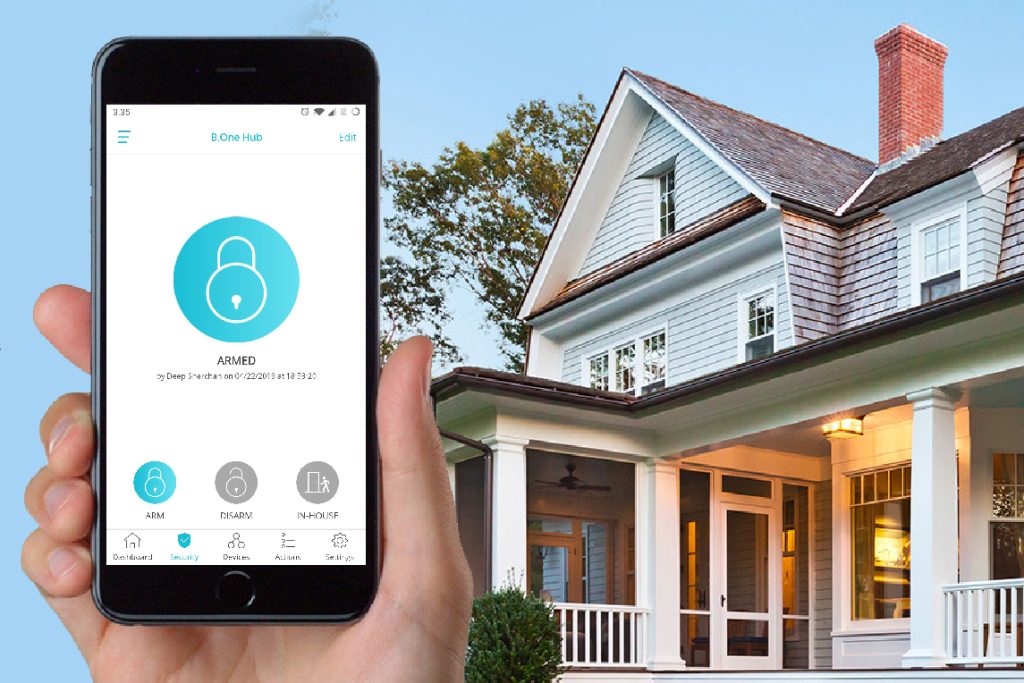In an age where security concerns loom large, safeguarding one’s domain has never been more crucial. With advancements in technology, the landscape of home security is rapidly evolving, ushering in a new era of next-generation solutions designed to fortify our homes against modern threats. Gone are the days of simplistic alarms and basic surveillance cameras; today’s homeowners are embracing a plethora of innovative tools and systems to defend their properties with precision and efficiency. At the forefront of this revolution are smart home security systems, which seamlessly integrate cutting-edge technology with traditional security measures. These systems offer a comprehensive approach to protection, combining elements such as motion sensors, door and window sensors, and video surveillance cameras into a centralized network that can be monitored and controlled remotely via smartphone apps or web interfaces. This level of connectivity empowers homeowners with real-time insights into their home’s security status, allowing for swift response to any potential threats or emergencies. One of the key features driving the adoption of next-generation home security solutions is artificial intelligence AI. By harnessing the power of AI algorithms, modern security systems can analyze vast amounts of data to distinguish between routine activities and suspicious behavior.

This intelligent monitoring capability enables proactive threat detection, alerting homeowners to potential risks before they escalate into full-blown emergencies. Moreover, AI-powered systems can adapt and learn over time, refining their detection capabilities to provide increasingly accurate and personalized protection. Furthermore, the integration of smart sensors and devices extends beyond traditional security measures to encompass environmental monitoring and automation. For instance, smart smoke detectors and carbon monoxide sensors can alert homeowners to potential hazards, while smart thermostats and lighting systems can be programmed to simulate occupancy, deterring would-be intruders. These interconnected functionalities not only enhance security but also contribute to greater convenience and energy efficiency within the home. Another significant advancement in home security is the emergence of facial recognition technology. By utilizing advanced biometric algorithms, facial recognition systems can accurately identify individuals entering or exiting the premises, allowing for more secure access control. This technology can be integrated with smart locks and entry systems, providing homeowners with convenient yet robust authentication methods. Additionally, facial recognition can be used to create personalized alerts, notifying homeowners when recognized individuals, such as family members or trusted guests, are detected on the property.
Moreover, American Freedom Security Systems rise of cloud-based storage and computing has revolutionized the way surveillance footage is captured, stored, and accessed. Unlike traditional DVR-based systems, cloud-based video storage offers virtually unlimited capacity and accessibility from any internet-connected device. This means homeowners can securely store their footage off-site, safeguarding it against physical tampering or theft. Furthermore, cloud-based platforms often incorporate advanced features such as video analytics and remote playback, enhancing the overall effectiveness of home surveillance systems. In conclusion, next-generation home security solutions represent a paradigm shift in the way we protect and defend our dwellings. By leveraging the latest advancements in technology, these systems offer unparalleled levels of security, convenience, and peace of mind. From AI-driven threat detection to facial recognition access control and cloud-based surveillance, the future of home security is here, empowering homeowners to safeguard their domain with confidence and efficacy.